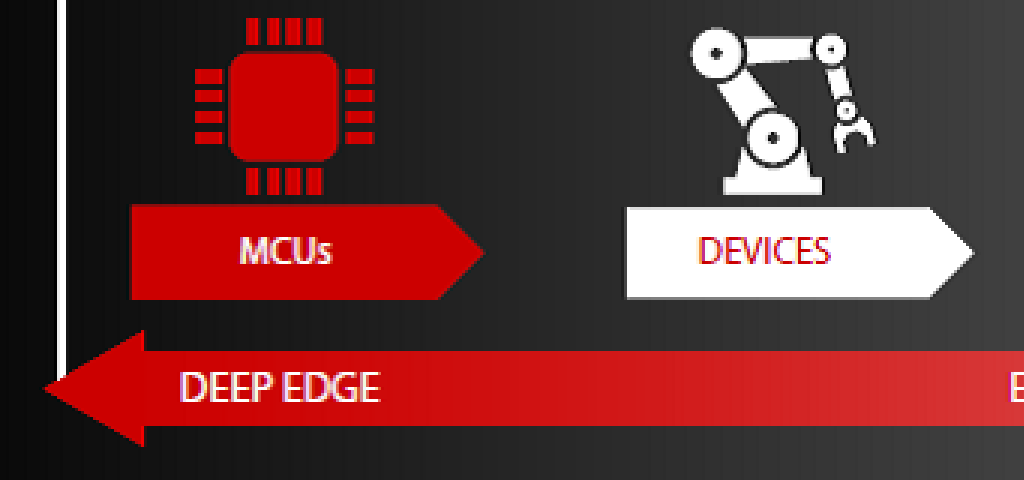
What's your relationship with the IoT topology?

What you think of when someone describes edge-to-cloud connectivity in the context of IoT depends on your relationship to the emerging IoT topology: from the edge of the network, southbound down to gateways, on into the device space, and beyond — to the far edge of sensors, controllers, and other devices based on microcontrollers (MCUs).
The promise of connecting all of these devices and end-points in order to achieve a truly end-to-end system of systems, exists in tension with the technical characteristics and constraints of MCU devices, as well as the expectations for hard real-time, guaranteed latency, and determinism that are typically associated with embedded systems – not all definitions of real-time are equal.
Historically, Wind River has focused on devices, as represented by our most iconic design wins from industrial robots to aircraft, unmanned vehicles to network infrastructure, and automobiles to satellites. More recently, we’ve collaborated with Intel and McAfee to integrate our Intelligent Device Platform 3.0 into Intel® IoT Gateways, an early enabler of IoT exemplified by the work we’ve done with Daikin.
The Internet of Things is fueling growth in MCU shipments particularly 32-bit MCUs according to IC Insights, “as demand increases for higher levels of precision in embedded processing for clusters of sensors and systems. Many new 32-bit MCU designs also include support for wireless connections and Internet protocol (IP) communications for contact to the IoT.”
Specific categories fueling this growth in shipments include smart meter and smart grid efforts around the world and the automotive industry, where sensing and control requirements for autonomy or Advanced Driver Assistance Systems (ADAS) are pushing the percentage of compute handled by MCUs up past 25%.
Smart energy and connected cars figure prominently in the current vision of an Internet of Things, and analysts continue to predict staggering opportunity and value creation for the IoT. However, along with the surge in MCU shipments has come a consistent decline in price per unit, including a 21% nosedive in ASP during this calendar year.
This will inevitably result in cost pressure on software vendors serving the space and is likely to fuel interest in one or more of the many free IoT operating systems out there. There are embedded OS offers from ARM, Google, Microsoft, and Samsung, as well as a host of smaller companies. How will these apply to markets or classes of device where safety and security standards matter or where long-term support is critical? And how will companies navigate the product and ecosystem strategies implicit in each of these offers, to find the solution that aligns best with their business objectives?
One thing everyone who lived and worked through the arrival of the internet knows, is that no matter what we develop over the next five years, it’s going to look awfully pedestrian by the time the Internet of Things 2.0 starts its way up the hype cycle. Connectivity, the Cloud, Big Data, advanced analytics, and pervasive intelligence across the system of systems promise extended viability or relevance for devices, but getting to market fast means placing bets now before winners have been identified or best practices established.
What I can say for sure is that between now and IoT 2.0, we’ll continue to see new players emerge, as well as some very interesting developments in the space.

